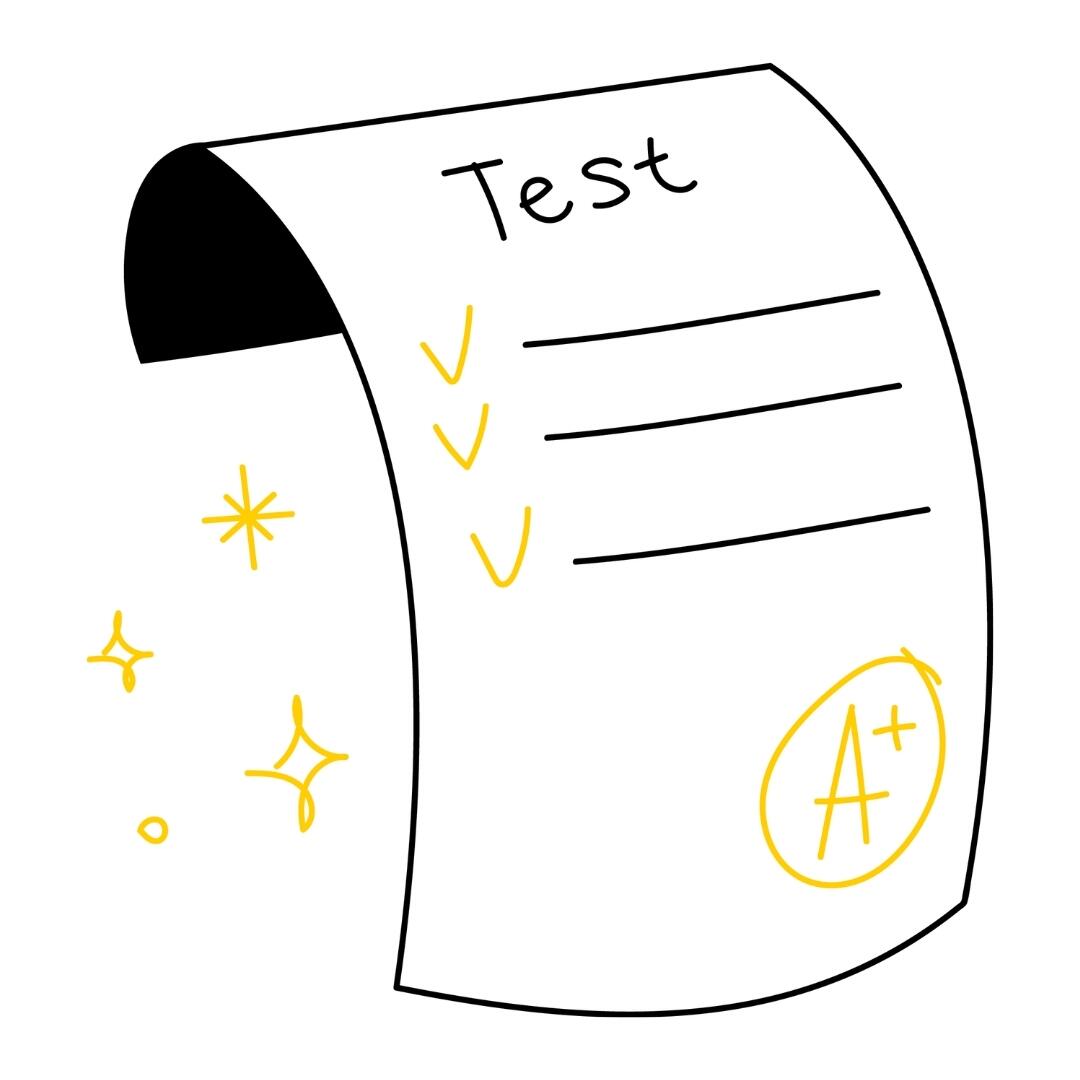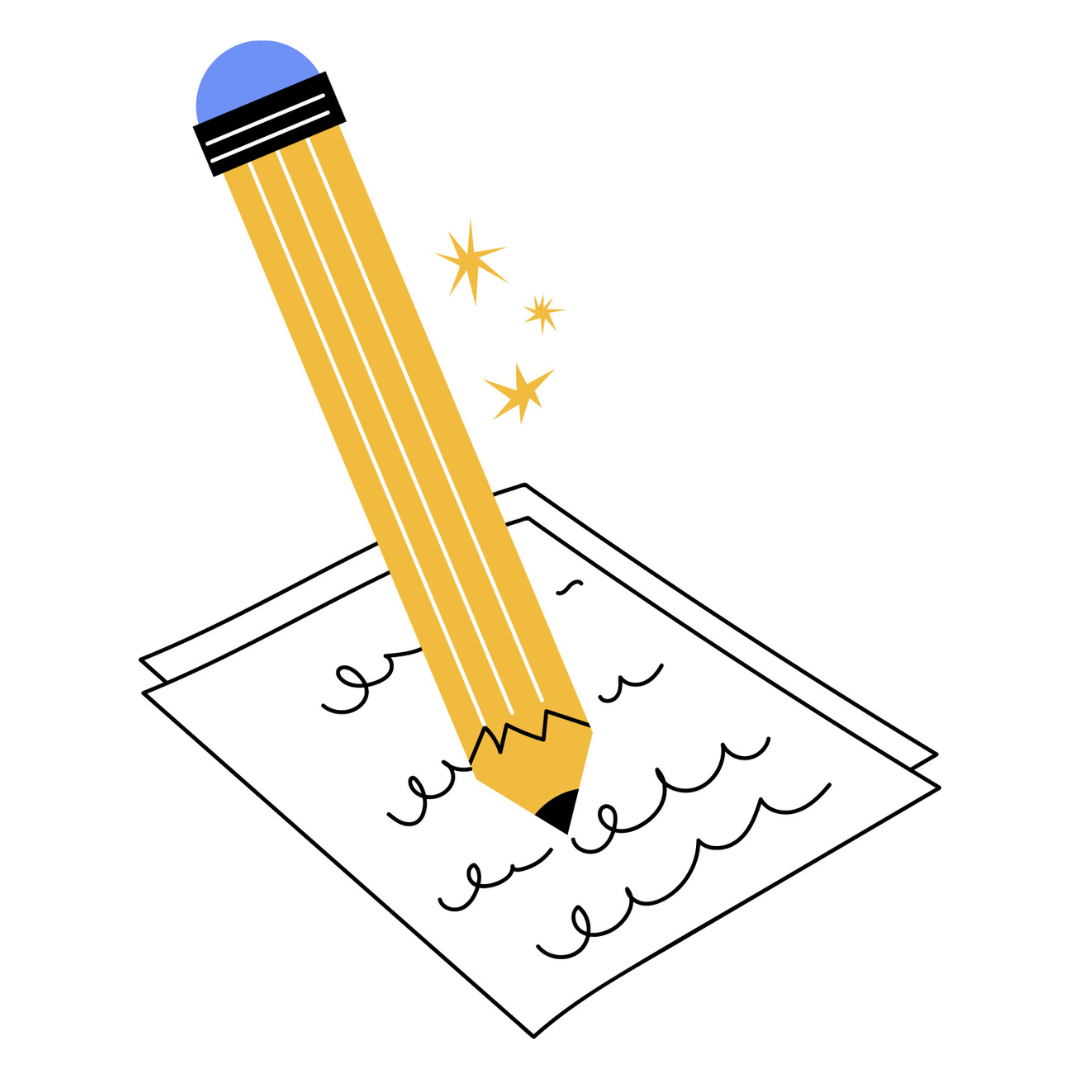Making Sense of Student Feedback
A guide to interpreting and utilizing UCES feedback.
Last update: January 8, 2025

Overview
This introduction provides a useful starting point for course instructors and those in leadership positions to think about interpreting and utilizing student feedback. It has been adapted from Linse (2017) and Kreitzer and Sweet-Cushman (2021).
-
Inform decisions
Student feedback provide academic staff with information to inform their decisions about teaching practices and course design, promoting critical reflection and action planning.
-
Identify what's working
Constructive feedback from students can identify what’s working and what could be modified to enhance course design, teaching strategies and the learning environment.
-
Context
Student feedback reflects their learning experience in a particular course context. Variables such as class size, subject matter, and discipline should be considered.
-
Sources of evidence
Quantitative and qualitative student feedback should be considered along with additional sources of evidence (e.g. self-reflection, peer feedback, scholarly literature).
-
Biases
Research shows that biases related to gender, class characteristics, race, age, and discipline of study can influence students’ feedback about academic staff.
-
Culture
Promote a culture where student feedback is treated as information that can help identify areas of strength, improvement and assist with on-going growth.
-
Opportunities
Create opportunities for academic staff to reflect on and interpret the student feedback they receive for the courses they teach.
-
Support
Refer academic staff to your faculty’s teaching supports or to resources at the Taylor Institute for Teaching and Learning.
-
Mentorship
Encourage reflective mentorship and peer review/observation processes in your faculty/school.
-
Value student feedback
Value student feedback as one source for which teaching practices could be recognized, encouraged and developed.
-
Highlight educational leadership
Support mentorship and educational leadership among academic staff and highlight teaching and learning achievements and efforts.
-
Trajectory over time
The UCES is not designed to be a comparative metric across a department or a faculty. When comparisons are used across academic staff members in a department or faculty it most often further disadvantages marginalized groups. UCES feedback is best used to reflect upon an individual’s development and teaching trajectory overtime, based on patterns seen in their context-specific course data.
Interpreting UCES Feedback
The UCalgary Course Experience Survey (UCES) collects end-of-term student feedback. UCES consists of five student information questions and six core institutional questions centring on student learning and experience in a course (five Likert-scale and one open-response).
The core institutional questions focus on the following learning dimensions:
- learning expectations and outcomes
- feedback for learning
- assessment of/for learning
- metacognitive learning (developing awareness of, reflecting upon and adjusting how we learn)
- learning atmosphere and environment

Understanding UCES Feedback
UCES asks students to reflect on their own learning in a particular course. Student responses may provide valuable information on the impact that course design, learning and assessment strategies, and the learning environment had on student’s learning. Student feedback can help identify and leverage areas of strengths in the courses we teach, as well as identify specific areas for growth and improvement.
In the UCES report, the student responses for each Likert-scale question are presented as a frequency distribution, clearly showing the percentages and mode values. The survey is intended to represent the collective views of students. It is common to receive a few outlier ratings. You are encouraged to identify patterns and trends emerging in each of the institutional survey questions and focus on developing an overall sense of the student learning experience. For example, is the frequency distribution for each question skewed towards the upper or lower end of the rating scale? Your careful interpretation of the UCES report will allow you to draw meaningful conclusions about student learning experiences in the course(s) you teach.
To interpret the open-ended responses, it may be helpful to group insights into categories representing the learning dimensions of UCES. Please review the UCES Open-ended Feedback: An Example Matrix and feel free to use it as you see fit.
Here are a few guiding questions to help interpret the feedback:

Learning expectations and outcomes
I understood what was expected of me as a student in this course.
How do the data or comments you received through UCES indicate that students understand what they are expected to learn in the course? What elements and practices in the course (learning outcomes/goals, teaching and learning activities, assessments and assignments) might have enabled this? What should be done differently to ensure students know what they are expected to learn, do and demonstrate in the course?

Feedback of/for learning
I received feedback during the course that contributed to my learning.
What do students report in UCES about the impact of feedback (e.g., self-reflection, peer feedback, instructor feedback) on their learning? Do students find the feedback approach(es) helpful? What might be working well (nature, frequency, consistency, etc)? What might be missing? What adjustments might you consider in the feedback strategy?

Assessment of/for learning
I was provided opportunity through course assessments to demonstrate my learning
What are students reporting about the assessments and assignments in the course? What are students finding most helpful about the course assessments and assignments? What strengths exist? What challenges or issues with the course assignments and assessment strategies should be addressed? What specific changes should be made to better support student learning?

Metacognitive learning
I became more aware of how I learn in this course.
How does the course provide opportunities for students to develop awareness of, reflect upon, and adjust how they learn? How do the data or comments received through the UCES inform what is working or what could be improved? What specific teaching, learning, or assessment strategies could be provided to help students further develop awareness of, reflect upon and adjust how they learn?

Learning atmosphere and environment
I felt there was a respectful learning atmosphere in this course
What do students report in UCES data and comments about the learning atmosphere in the course? How do students’ perspectives about the learning atmosphere in the course align with your expectations and observations? What has worked best? What could be done to create a positive and respectful learning environment in future course offerings? What could be improved?
Utilizing UCES Feedback
Student feedback data, including UCES, are not a direct measure of teaching effectiveness, but rather reflect the collective views of a group of students about their learning experiences in a particular course at a particular time. Student feedback through course experience surveys offer insights into the teaching and learning approaches you use in the courses you teach. You may reflect on the student feedback received over time to explore how your teaching and learning approaches have developed over time and how you might further strengthen your skills and expertise as a course instructor. Student ratings of the perception of the learning should be one of multiple points of information regarding your teaching practice (e.g., peer reviews/observations/feedback, critical self-reflection, teaching and learning scholarship, student written feedback, teaching dossiers, teaching philosophy statements).
This section outlines how UCES feedback should be grounded in a larger teaching and learning context to draw meaningful conclusions about students’ learning and course instructors’ pedagogical practices.

Comparing and Situating UCES Feedback
UCES feedback offers valuable information on how students have experienced learning in a course. Course instructors get a sense of what has worked for students as a learner and what might be adjusted to further improve student learning and engagement in a course. However, it is helpful to note that the end-of-term UCES feedback is one of many possible tools to generate student feedback data.
To get a more comprehensive perspective on student learning, it is recommended that the student feedback from UCES should be coupled with the faculty/school course survey responses and any additional formative assessment data that might be available to you as course instructors. You may voluntarily collect feedback about student learning and progress in a course utilizing various tools and strategies during the term, including mid-semester feedback questionnaires and ongoing classroom assessments like exit tickets, check-in polls, and one-minute reflections.
Teaching Development and Growth
Teaching development and growth is a journey of continuous reflection, learning, and advancement. “Many dedicated faculty with a genuine interest in improving classroom instruction grope for better ways of doing their jobs” (Jungst et al., 2003, p. 71), and student feedback, including UCES, could help chart a path forward. Smith (2001) maintains that student feedback is essential to teaching development. This proposition is well supported in research.
For example, student feedback:
- Enhances teaching and learning (Evers et al., 2009; Gormally et al., 2014)
- Should be developmental, supportive, timely, and specific (Shute, 2008)
- Provides a way towards continuous improvement (Weimer, 2013)
- Creates an opportunity for reflection and developing reflective skills (Brookfield, 2015)
- Shapes course design (Linse, 2017)
- Promotes change (Gormally et al., 2014)
- Provides opportunities for dialogue (Carless & Boud, 2018)
- Helps develop feedback literacy (Sutton, 2012)
- Can be interpreted accepted, modified, or rejected by educators based on each particular context (Hattie & Timperley, 2007, p. 82)
More to consider
As you reflect on student feedback and explore ways to utilize it in documenting, communicating, and advancing your teaching commitments and practices, we encourage you to consult the following resources and guidelines.
Teaching Squares
This guide moves readers through the process of organizing and implementing a Teaching Square and includes numerous tools and templates that can be used to support and enhance observation and critical reflection skills. The guide can be used or adapted to implement a teaching square with peers in your context.
Resources and References
- 2021 Making Sense of Student Feedback Guide (USRI)
- A Resource for Mid-Semester Feedback
- Brookfield, S. (1995). Becoming a critically reflective teacher. San Francisco CA. Jossey-Bass.
- Carless, D., & Boud, D. (2018). The development of student feedback literacy: Enabling uptake of feedback. Assessment & Evaluation in Higher Education, 1-22, https://doi.org/10.1080/02602938.2018.1463354
- Evers, F., Hall, S., Britnelll, J., Brockerhoff-Macdonald, B., Carter, L., Dawson. D., Kerr, D., Mighty, J., Siddall, J., & Wolf, P. (2009). Faculty engagement in teaching development activities – phase 1: Literature review. Toronto: Higher Education Quality Council of Ontario.
- Gormally, C., Evans, M., & Brickman, P. (2014). Feedback about teaching in higher ed: Neglected opportunities to promote change. CBD Life Sciences Education, 13, 187-199, https://doi.org/10.1187/cbe.13-12-0235
- Hattie, J., & Timperley, H. (2007). The power of feedback. Review of Educational Research, 77(1), 81–112, https://doi.org/10.3102/003465430298487
- Jungst, S., Licklider, B., & Wiersema, J. (2003). Providing support for faculty who wish to shift to a learning-centered paradigm in their higher education classrooms. Journal of Scholarship of Teaching and Learning, 3(3), 68-81.
- Kreitzer, R. J., & Sweet-Cushman, J. (2021). Evaluating student evaluations of teaching: A review of measurement and equity bias in SETs and recommendations for ethical reform. Journal of Academic Ethics, 1-12.
- Linse, A. R. (2017). Interpreting and using student ratings data: Guidance for faculty serving as administrators and on evaluation committees. Studies in Educational Evaluation, 54, 94-106, https://doi.org/10.1016/j.stueduc.2016.12.004
- Shute, V. (2008). Focus on formative feedback. Review of Educational Research, 78(1), 153-189.
- Smith, R. (2001). Formative Evaluation and the Scholarship of Teaching and Learning. New Directions for Teaching & Learning, 2001(88).
- Sutton, P. (2012). Conceptualizing feedback literacy: Knowing, being and acting. Innovations in Education and Teaching International, 49(1), 31-40, https://doi.org/10.1080/14703297.2012.647781
- Weimer, M. (2013). Learner-centered teaching: Five key changes to practice. San Francisco CA: John Wiley & Sons.
